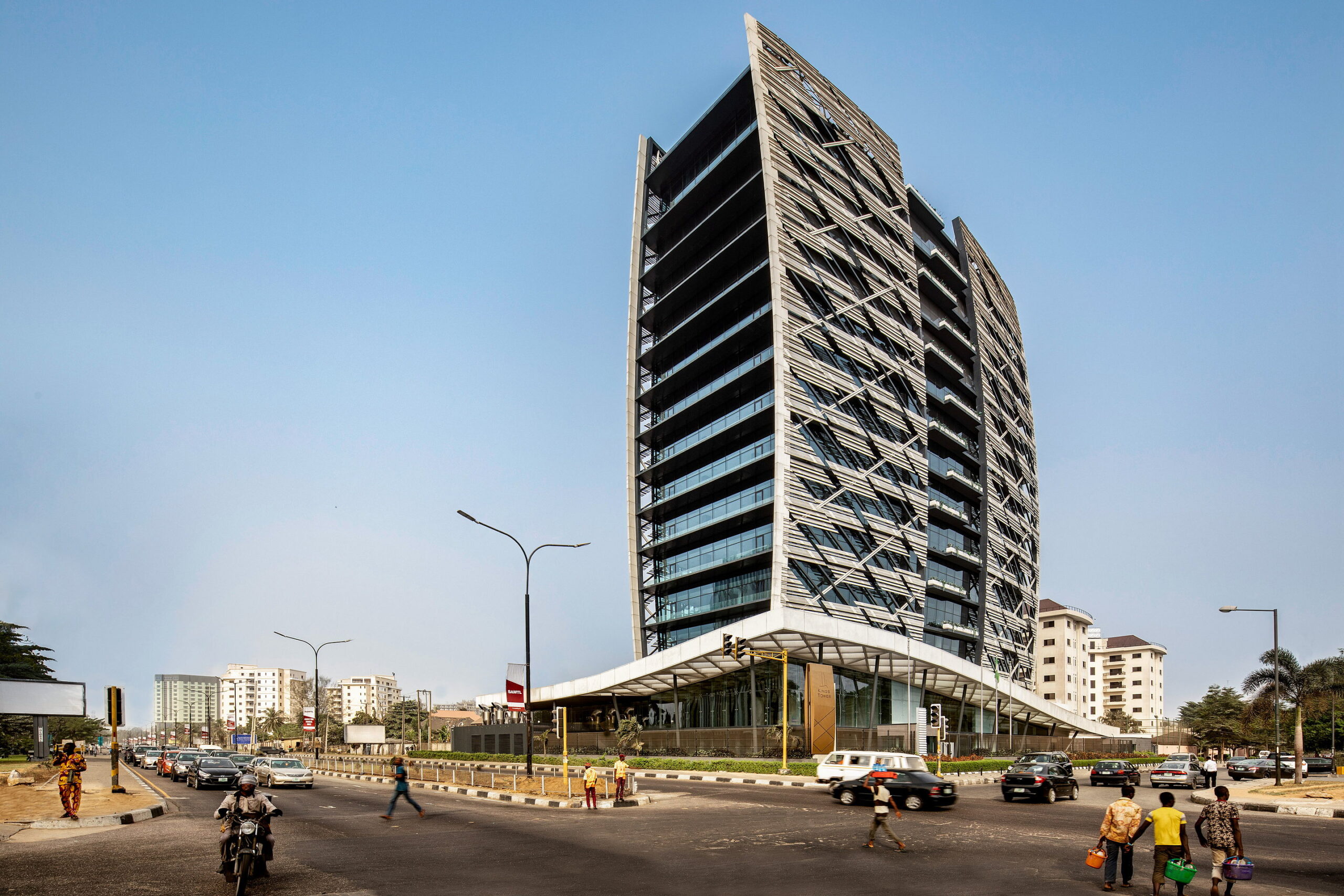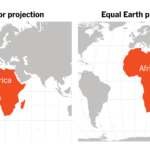Across Lagos’ posh neighbourhoods, a curious dynamic is emerging. Newly completed high-rise apartments furnished with state-of-the-art amenities are sprouting–but without occupants.
This boom in luxury estates is particularly strange in a city where millions face rent hikes, placing Lagos as the fourth least liveable city out of 173 cities worldwide, citing inadequate infrastructure and extreme housing deficits as primary concerns.
Nearly 50% – 75% of Lagosians live in informal settlements, often without clean water, proper drainage, or stable electricity.
Recent data lends a contrast. Over 753 luxury apartments, valued above $1 million, are currently under construction in exclusive enclaves within Ikoyi, Victoria Island, and Banana Island.
Many of these high-end projects are expected to be completed between 2026 and 2027, with some units listed for as much as $6 million.
But why are Lagos’ developers chasing high-end projects rather than affordable housing?
Ernest Akachukwu, a civil engineer who has overseen multiple luxury developments, puts it bluntly: “Developers will always go where the profit is. In Lagos, you cannot buy a ₦100 million [piece of] land and develop it with a house worth ₦50 million naira. You find out that in the end it will not make up for the price of the land.”
The numbers simply don’t add up. Developers must build luxury housing if they want the returns to justify the cost of land.
Nigeria faces a housing deficit of more than 28 million units, according to the Federal Ministry of Housing & Urban Development.
While the deficits run into hundreds of thousands of units in states like Kano and Rivers; in Lagos alone, the shortfall stands at 3.4 million. Despite this, developers continue to focus on the ultra-rich market—a sector that represents less than 5% of the population.
Many of these luxury flats remain unoccupied, a stark contrast to the desperate overcrowding in low-income neighbourhoods.
This trend, experts explain, is driven largely by investor priorities rather than housing needs.
“The truth is there are far more people looking for affordable homes than for luxury ones. But developers don’t want a situation where someone sells ten affordable apartments and makes less profit than another person who sells just one luxury flat,” reckons Ernest.
According to him, the discrepancy between supply and demand is a direct result of policy gaps and speculative real estate practices.
“If developers were incentivised to build for the middle and lower classes, the picture would be different. But right now, there is more profit in empty luxury apartments than in affordable housing that people will actually live in.”
Land price trends underline this inequality. The average price of land in Lekki Phase 1, an upscale neighbourhood in Lagos, has risen by over 300% in the past decade. Areas like Ibeju-Lekki have seen a similar jump in price, thanks to the development of the Dangote Refinery project.
Meanwhile, in peripheral towns of Ogun State, just across Lagos’ borders, land is relatively affordable but plagued by poor infrastructure and lack of planning.
Who determines the cost of land?
Unlike other commodities that can be produced to meet demand, the fixed supply of land ensures that its value can appreciate over time, as long as demand remains.
However, inflation accelerates this trend, too, pushing land costs to “keep rising… on a faster rate than it would have been,” Ernest notes.
This constant upward pressure makes land one of the most unequal assets, benefiting investors while deepening the affordability crisis for ordinary residents.
By 2050, Nigeria is projected to become the world’s third most populous nation with over 401.3 million people, after India and China. This is despite a staggering 112 million citizens mired in poverty.
Can developers help tackle Nigeria’s housing deficit?
Ernest thinks the private sector cannot willingly forfeit profits to build affordable housing. Developers naturally chase returns; and with high land prices, inflation, and unstable building costs, luxury projects remain more attractive than low-cost varieties.
“I think the only people that can solve this particular problem is the government,” Ernest argues, adding that public policy can help shift the balance. “If the government can subsidise apartments for the average citizen and provide access to finance, then developers will come in.”
Housing economists have echoed this view. In markets like Singapore and Brazil, large-scale government interventions, ranging from mortgage financing schemes to social housing policies, have proven effective in bridging housing gaps.
Without similar interventions, Nigeria’s 28 million-unit housing deficit will remain stubbornly out of reach.
The government has tried various initiatives, from mortgage schemes to estate projects, but the results fall short of expectations.
In the past six years, Lagos State has delivered just under 9,970 home units, with plans to reach 14,022 by 2027. Access to housing finance remains elusive for average workers surviving on daily incomes.
Still, there’s a glimmer of hope ahead. A recent industry survey by BuyLetLive found that 60% of key real estate players view affordable housing as the biggest growth opportunity in the next 3–5 years, overtaking luxury projects at 21%.
The Social Cost
In truth, the housing crisis in Lagos harms both parties. Developers are cornered by land prices and inflation; tenants are crushed by rent hikes and housing scarcity.
The boom in luxury real estate also raises questions of sustainability. Can a city with millions of inadequately housed residents sustain a market of empty, multi-million-dollar apartments?
Some experts argue that the trend is a bubble waiting to burst, with oversupply forcing developers to slash prices. Yet others believe the demand from diaspora investors and the elite will keep the sector afloat.
As the cycle reveals, the government is the only missing link that can turn Nigeria’s housing deficit from a crisis into a solution.
In Lagos, a paradox exists where new luxury high-rise apartments remain empty, yet millions are affected by steep rent hikes and housing deficits. With 50% to 75% of the population living informally, lacking basic amenities, developers still prioritize high-end projects to balance the soaring land costs, leaving massive unmet demand for affordable housing. The city's housing crisis, fueled by a 3.4 million unit shortfall, is exacerbated by speculative real estate practices and land price inflation, driving developers towards profitable luxury markets.
Despite Nigeria's looming projection as the third most populous country by 2050, with a significant portion in poverty, affordable housing remains elusive. The private sector is constrained by high costs, while government attempts like mortgage schemes have underperformed. Encouragingly, 60% of key real estate players now see affordable housing as a growth opportunity. This shift suggests a potential future pivot from luxury to more accessible housing, contingent on efficient government policy and intervention to bridge the deficit and stabilize market demands.






